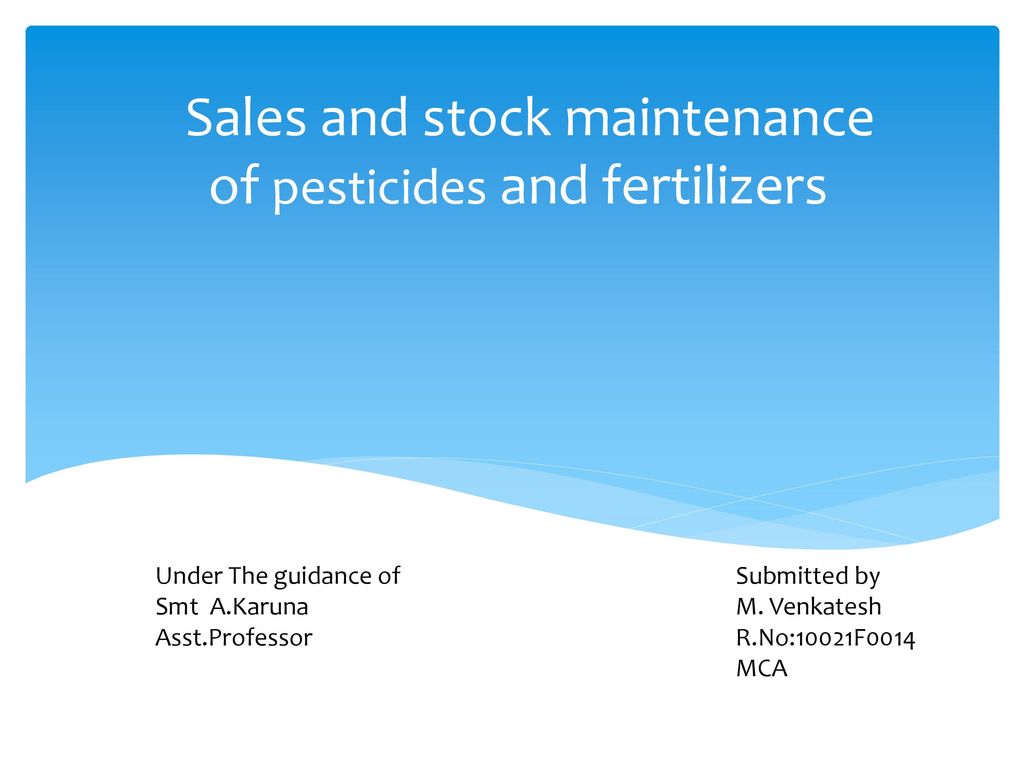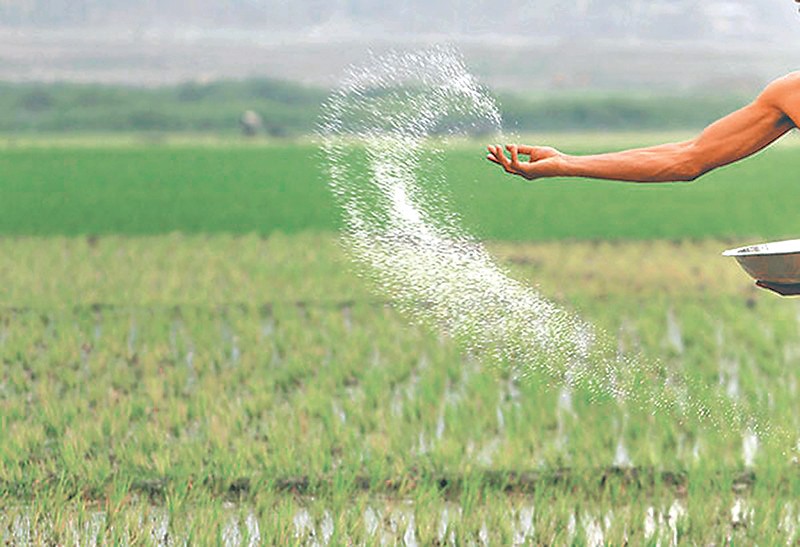- Fertilizers And Pesticides Php Software Projects Pdf
- Fertilizers And Pesticides Php Software Projects Using
- Fertilizers And Pesticides Php Software Projects Source Code
- Fertilizers And Pesticides Php Software Projects For Beginners

1.Fertilizers, which come in dry and liquid form, feed the plant with the required nutrients. Pesticides are used on plants for eliminating, preventing, or controlling pests like; slugs, insects, fungal diseases (smuts, rots, and mildew), and snails. 2.Pesticides include insecticides, fungicides, weed control materials,. Bio pesticides also known as Biological Pesticides are pesticides derived from natural materials as animals, plants, bacteria, and certain minerals. Bio pesticides are less toxic and also reduce the pollution problems caused by conventional pesticides. The use of bio-insecticides and bio-pesticides also fall under this category only. Project Reports on Disinfectants, Pesticides, Insecticides, Mosquito Repellents, Destroyers, Phenyl, Fertilizer, Fungicides, Herbicides, Plant Regulator, Plant Growth. Toc H (RESIDENTIAL) PUBLIC SCHOOL PUNALUR CHEMISTRY PROJECT REPORT 2009-2010 Name: Class: Reg. No: Examiner Teacher-in charge. AIM To study the presence of Insecticides and Pesticides in Various Fruits and Vegetables CERTIFICATE This is to certify that this dissertation titled “To study the presence of Insecticides and Pesticides in Various Fruits and Vegetables” submitted by Navi Arora. The Fertilizer Manufacturing industry of which organic fertilizer production line of business is subset of is a thriving sector of the economy of the united states of America and they generates a whooping sum of well over billion annually from more than 476 registered and licensed wheat fertilizer manufacturing companies scattered all around.
Environmental pollution is a significant problem. But while most of the focus is placed on polluting industries, toxins like mercury and small particle traffic pollution, a major source of environmental devastation is caused by modern food production. Far from being life sustaining, our modern chemical-dependent farming methods:
- Strip soil of nutrients
- Destroy critical soil microbes
- Contribute to desertification and global climate change, and
- Saturate farmlands with toxic pesticides, herbicides and fertilizers that then migrate into ground water, rivers, lakes and oceans.
For example, many areas of Minnesota, which is prime farmland, now face the problem of having dangerously elevated levels of nitrogen in their drinking water.
The conversion of grasslands and pastures into chemical-driven, industrial crop land has eliminated much of the natural filtering of ground water that such native landscapes typically provide. Health risks of nitrogen include a potential connection to cancer, as well as thyroid and reproductive problems in both humans and livestock.
Looming Fertilizer Shortage Could Spell the End of Modern Agriculture
Modern fertilizer consists of varying amounts of nitrogen (N), phosphorus (P) and potassium (K). These three are believed to be essential for plants to grow, (below, I’ll discuss why NPK may not be as necessary as we think.), and are extracted from the soil with each harvest.
This is why farmers spread fertilizer on their fields, to replace the nutrients lost. It’s certainly not the ideal and sustainable way to farm, but it’s thought to be the most efficient for large-scale farms. Strategies like crop rotation and allowing large fields to rest would cut too deep into profits that are based on quantity, opposed to quality.
The primary purpose of the Private Well Pesticide Sampling (PWPS) Project is to provide information to homeowners on the presence of pesticides in their drinking water.
The Minnesota Department of Agriculture (MDA) will also use the information collected to help guide pesticide management decision making. Additionally, the information will be used to evaluate the relationship between pesticide and nitrate in areas potentially vulnerable to groundwater contamination from agricultural activities.
Wells are selected using the following criteria:
- At least 30% of the township's groundwater is in a geologically sensitive area, vulnerable to contamination
- At least 20% of the township area is in row crop production
- Nitrate was found in the water sampled through the Township Testing Program

Fertilizers And Pesticides Php Software Projects Pdf
Tests detect both commonly used pesticides and their primary breakdown products. Once completed, all testing results are shared with homeowners and the general public.
Fertilizers And Pesticides Php Software Projects Using
Participation
Fertilizers And Pesticides Php Software Projects Source Code
Counties and townships are selected using the techniques defined in the PWPS Project Work Plan. Homeowners are offered a pesticide test if nitrate is detected in their first township testing sample. The cost of sampling and testing is free to the homeowner. Learn more about homeowner and county participation.
Fertilizers And Pesticides Php Software Projects For Beginners
The PWPS Project is currently funded through June 2021.
